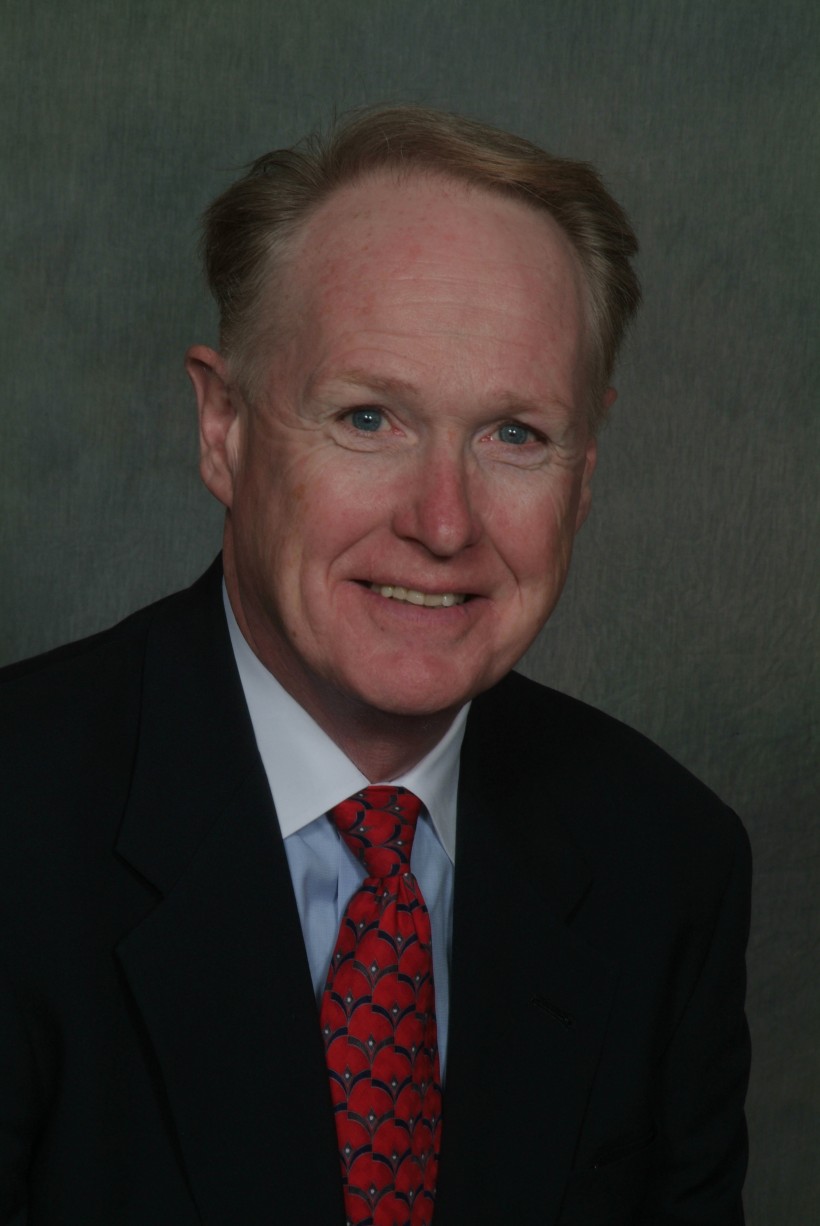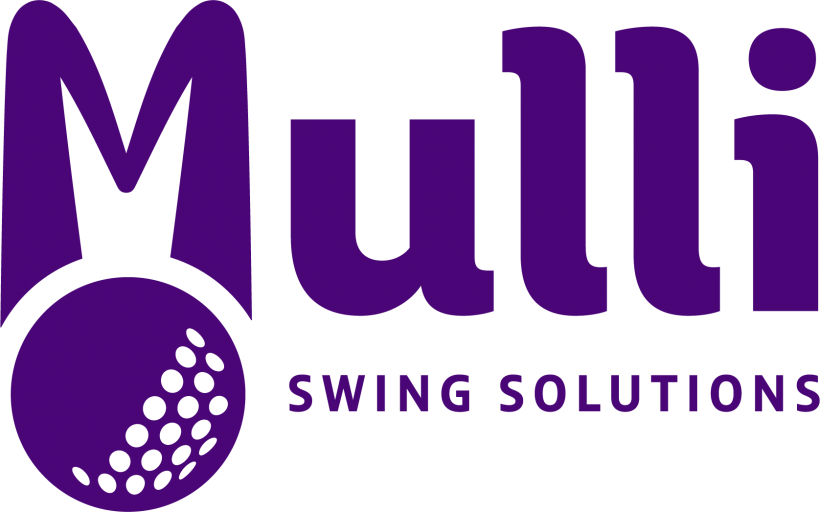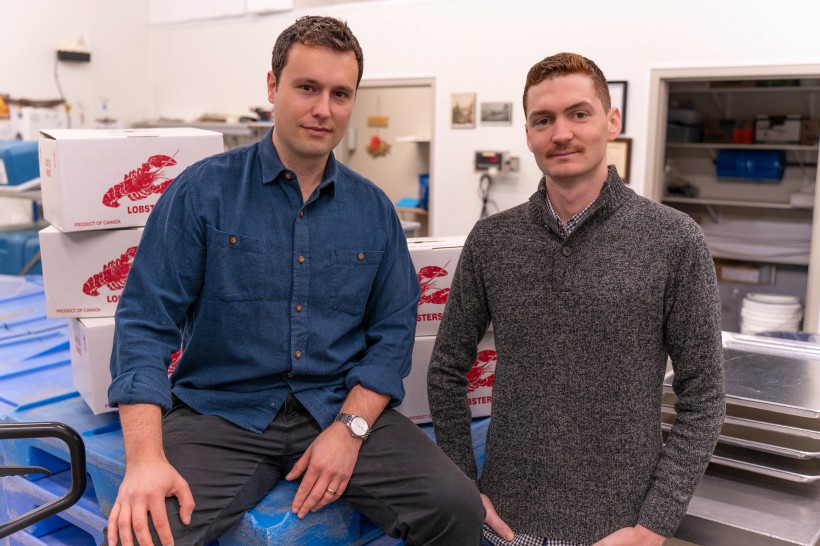Not long after Gerry Pond offered half a million bucks to any Atlantic Canadian university that initiates an international tech sales program, some people began to ask: what would such a program look like?
Daniel P. Strunk is pretty sure he knows the answer.
Pond, the chair of the East Valley Ventures investment group in Saint John, surprised the Atlantic Leadership Summit in February by offering $500,000 to any institution that would establish a full program that would teach international technology sales. Pond and the universities are still talking, and there may be an announcement this year.
The more I discussed it, the more questions arose about the structure and curriculum of such a program. So I went looking for a good university sales program, and that search led me to Daniel P. Strunk. His full title is Executive in Residence and Managing Director Center for Sales Leadership at the Driehaus College of Business at DePaul University in Chicago. It would be simpler to say he and his colleagues have put together one of the best –possibly the best – sales education programs in the U.S.
With 44 years of sales experience for such brands as Polaroid, Converse and Quaker Oats, Strunk is on a mission to modernize sales education in the U.S. And in an 80-minute interview he drove home the need for better curriculums and familiarizing students with modern sales methods.
“If you look at what’s happened in the past, students have come to the workforce without being work-ready,” said Strunk. “Part of this dilemma is on schools for not listening to business. We’ve lost our focus … [and chose to teach] subject matter that has little relevance today.”
Related: Pond Offers $500K for Sales School
Strunk and his colleagues at DePaul have listened to business and worked with corporations like Salesforce.com to develop a curriculum that mirrors business demands. DePaul University’s Center for Sales Leadership is the largest sales education program in the U.S., based on graduation rate. It comprises 11 courses, eight of them focused on B2B sales. At any given time, there are about 1,000 students in the program, and between 200 and 215 graduate each year.
The Sales Strategy & Technology course developed by Strunk in 2005 features a simulation titled The A&W Case, which is now taught at 36 U.S. universities (though none in Canada yet). More than 5,000 students have completed the simulation, and Strunk said it has proven popular with students, in part because they see the job offers that graduates receive.
The DePaul program addresses many of the shortfalls in sales mentorship that Gerry Pond has identified in the Atlantic Canadian ecosystem. But Strunk stressed the program applies to all sectors, and does not distinguish between selling technology or any other product. He added that the lessons from the program can be applied to any country or culture, because modern sales techniques are applicable around the globe.
The goal is to help the student understand what the modern business world needs in sales people. Because of corporate restructuring in the past few decades, a sales person must manage fewer and larger accounts. He or she must work with product managers and other colleagues to reach people at various positions in various silos in the target company.
Learning to use the right customer relationship management tool is part of the program, but Strunk wants students to go beyond dexterity with CRM.
“Most of all, it’s about strategy,” he said. “It’s not about the technology. . . . It’s about how you apply technology to sales process. In meeting sales education challenges, we have to identify what will be needed from the sales force of tomorrow.”
The program teaches students how to communicate with customers through other tools, to introduce new accounts, and to use prospecting tools. In all of the courses, students are required to sell. Recognizing objectives, strategizing activity and exceeding quota are all important lessons to be learned.
In one course called The Fundamentals of Sales and Networking, students have a $3,000 actual quota, and they must create value-added projects and sell them to local businesses. (The proceeds of their work contribute about $65,000 annually to a scholarship fund for Chicago public schools’ students who can’t afford to attend the university.)
Above all, said Strunk, the program teaches students three real skills: the ability to actively listen to clients; the creative thinking skills necessary to understand a problem; and the analytical skills to create a financially acceptable solution. Of course, technology supports each of these.
“I can’t think of three more necessary skills than these,” he said. “It’s all about being able to serve a client’s real needs and to create value that counts in the long run.”
This article originally appeared in our most recent Entrevestor Intelligence report.










